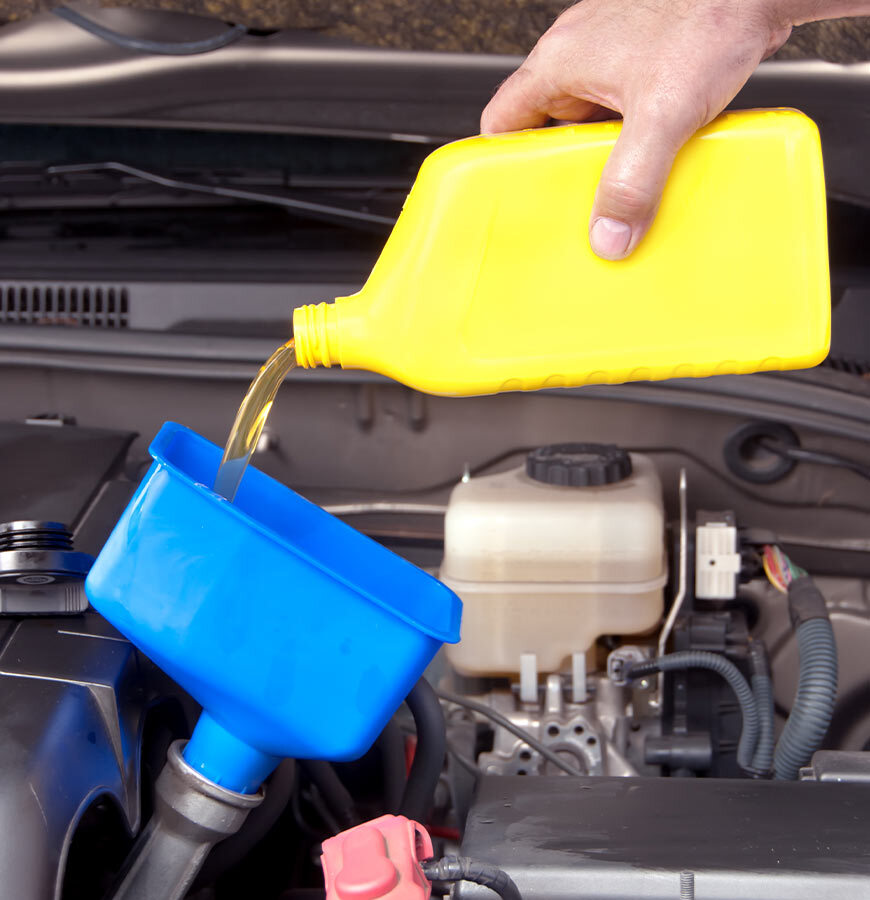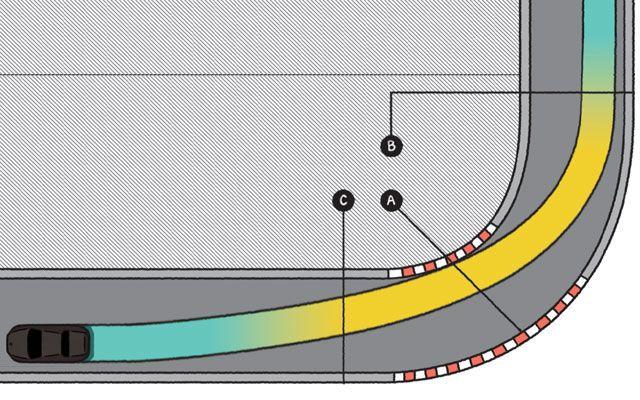Brake pads are significant pieces of your vehicle’s stopping mechanism and keeping them in working condition is essential for the security of both you and different drivers around you. By and large, brake cushions ought to be supplanted each 40,000 to 50,000 miles, yet that number can contrast contingent upon driving conditions and styles. The uplifting news is, you’ll probably encounter minor indications when your brake cushions are getting towards their finish of life, making finding and fixes simple. Here are 6 regular signs it’s an ideal opportunity to supplant your brake cushions.
6 common signs to replace your brake pads
1. Squeaking or Squealing Coming From Brake pads
If your brake pads are near the end of their useful life, the first symptom you’ll begin to notice is a squeaking or squealing noise coming from the brakes. Screeching brake cushions are normally brought about by unnecessarily worn-out cushions. Whenever you’ve worn out your cushions enough you’ll begin to encounter a pounding commotion, at which time you’ll additionally start to harm your rotors, making the expense of fix significantly more costly.
2. Grinding Sound When Braking
Like we expressed above, in case you’re encountering a crushing commotion while you’re applying strain to the brake pedal, your brake cushions should be supplanted ASAP. Some brake cushions have underlying metal wear pointers, which are intended to make a noisy commotion and alarm you that it’s an ideal opportunity to supplant the cushions. On the off chance that you leave the brake cushions to keep crushing, you’re freeing yourself up to significantly more harm and higher fixed costs.
3. Vibration When Braking
Vibration, when you apply the brakes, is another sign that your vehicle’s braking system requires professional help. Chances are that your rotors are warped and created uneven brake pad wear at the same time.
4. Taking more time To Stop
Another significant sign that your brakes should be looked at is the loss of execution while applying the brakes. If you’re experiencing less than ideal stoppage times while applying your brakes, it might mean your brake cushions are worn out totally or that your brake fluid is low (oftentimes due to a leak). For a true understanding of what’s going on with your brakes, you’ll need to get to a brake technician at the earliest opportunity to guarantee you don’t lose all braking abilities.
Call us at 972-780-8700, Motion Automotive to check your brake
5. Your Brake Pads Appear To Be Thin
One way to easily check on your brake pads is to visually inspect them for wear. To do this, look between the spokes of your wheels and locate your brake pad. If it appears to be less than a ¼ inch thick, you’re probably due for a set of new brake pads.
6. Brake Pads Indicator Light Comes On
Most current vehicles accompany brake cautioning lights that appear on your dash. One is your Anti Lock Braking System (ABS) light and the other is your brake system warning light. Your brake light won’t generally come on when there is an issue — it’s also the light that appears on your dash when your parking brake is engaged. But if you’re seeing a brake warning light and your parking brake isn’t engaged, it’s an ideal opportunity to have a brake master investigate your framework to analyze your issues.
Visit Motion Automotive, Dallas to check your brake
Listen for the sounds of a brake pad gone bad. Stay alert to vibrations When your vehicle tells you that the brake pad needs to be replaced, listen up! Take action by scheduling a maintenance appointment for your car. it could spare you a lot of cash, and keep you from driving in a vehicle that simply isn’t sheltered.
Resources: nubrakes.com
In Motion Automotive our business is to keep neighbors and communities’ cars at DALLAS.
our services are Speedy service with a smile and competitive pricing is the start, but our goal is to get you on the road, safe and assured for reliability.








